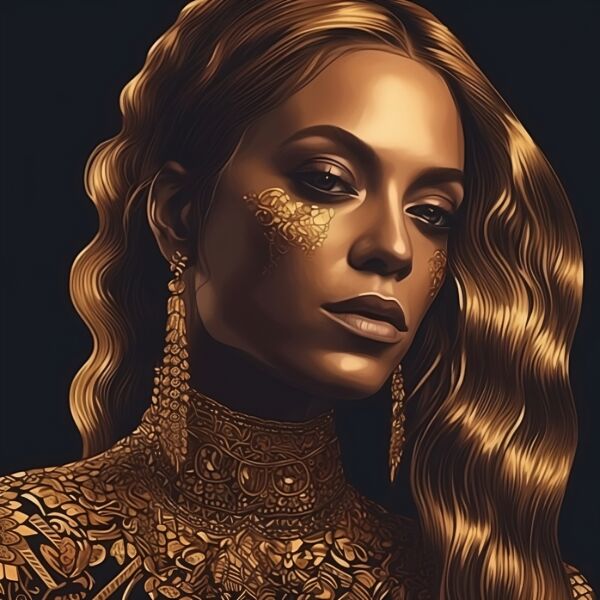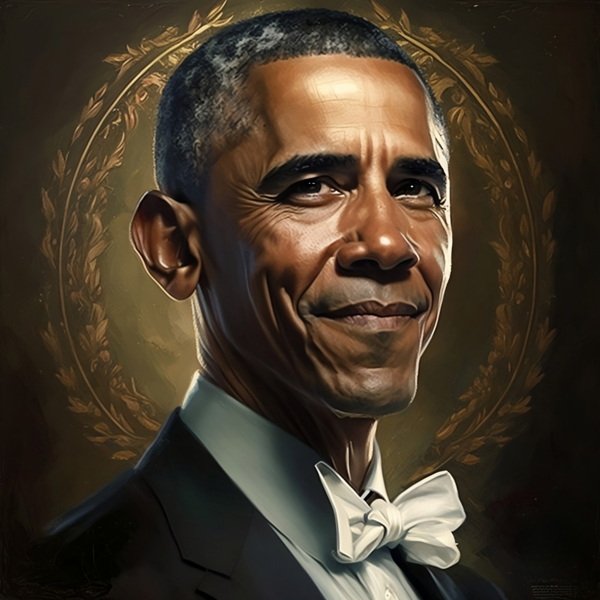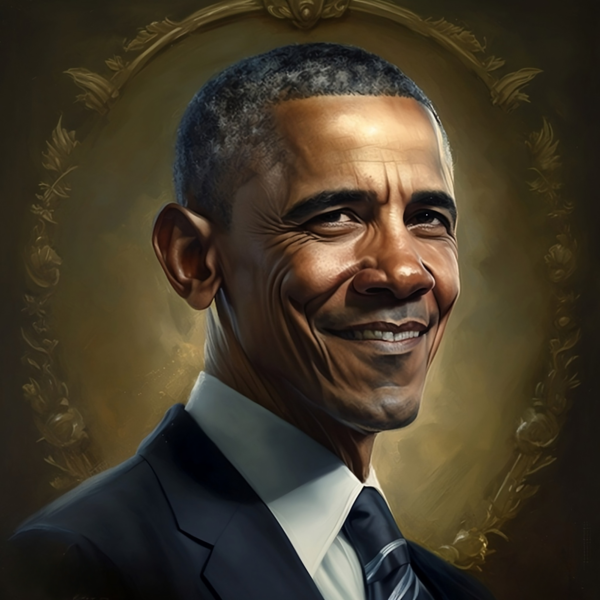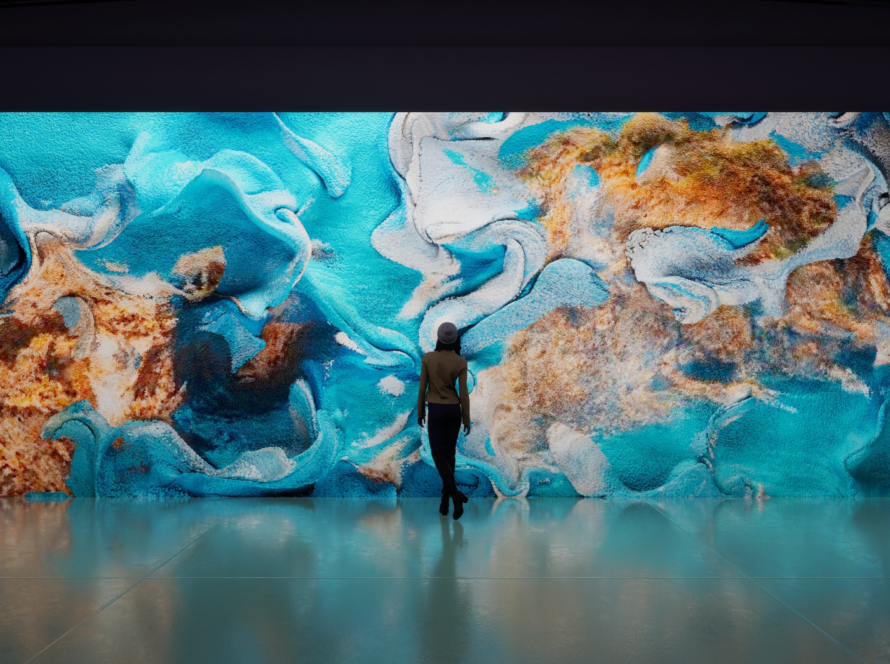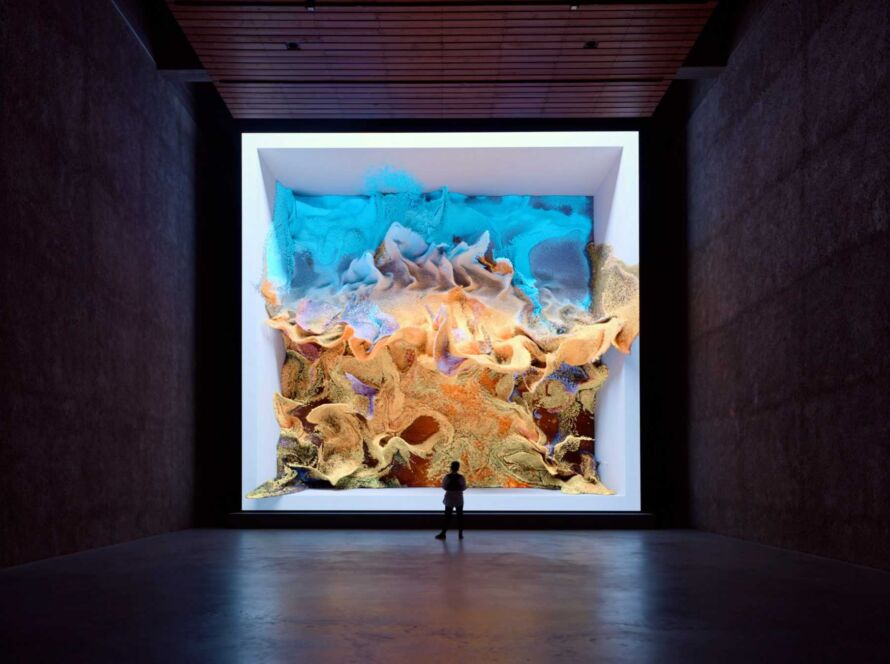Introduction
Understanding the Process of AI Art Creation: A Detailed Insight
In today’s world, artificial intelligence (AI) has penetrated almost every field, revolutionizing the way we live and work. AI Art, a distinctive blend of technology and aesthetics, is the creation of artwork with the assistance of AI algorithms. It’s a dynamic field that continues to evolve, adapt, and inspire new forms of artistic expression. This blog aims to provide a detailed understanding of the process involved in AI art creation, elucidating the intricate relationship between technology and creativity.
Theoretical Foundations of AI and Art
Understanding Artificial Intelligence
Artificial intelligence refers to computer systems designed to mimic human intelligence and perform tasks such as learning, problem-solving, perception, and language understanding. From simple tasks like recommending a song on a music streaming platform to complex applications like self-driving cars, AI has become ubiquitous in the modern world.
AI has undergone significant developments since its conception. It started with rule-based systems and has now evolved to incorporate machine learning and deep learning techniques, which allow machines to learn and improve from experience.
Intersection of AI and Art
Art has always been a vehicle for human expression and creativity. But with the advent of AI, this traditional domain has witnessed a transformative change. AI algorithms, specifically designed to mimic or supplement the creative process, have started to produce artistic work, often with astonishing results.
AI Art brings together the unique human ability for creative expression and AI’s ability for pattern recognition and generation. A notable example of this intersection is the use of AI art generators from photos, a technology that allows the conversion of simple photos into extraordinary pieces of art.
The Process of AI Art Creation
Training AI Systems for Art
Creating AI Art requires a different approach compared to other AI applications. The process begins with data collection and preprocessing. Artists and developers curate and organize a dataset of images or artworks that the AI will learn from.
This dataset is then used to train an AI model. The AI ‘learns’ from these artworks, understanding their nuances, patterns, and styles. This training process can be thought of as an artist studying and imitating the works of masters before developing their own style.
Generation of Art by AI
The generation of art by AI comes in various forms. Unsupervised generation involves the AI creating artwork based purely on its training without any further human input. On the other hand, supervised generation occurs when the AI produces artwork based on specific human-set parameters. Interactive generation involves a continuous dialogue between the AI and the artist, where the output is a collaborative effort between both.
One of the most exciting applications in this field is the AI art generator from photos. Artists or users input a photo, and the AI transforms it into a piece of artwork reflecting a specific artistic style.
Role of Human Artists in AI Art Creation
Despite the advanced capabilities of AI, human artists play a critical role in AI Art creation. They guide the AI, setting parameters for the AI to follow during the creation process. They also interpret and curate the AI-generated art, choosing the pieces that best align with their vision.
Human artists also play an essential role in bringing AI Art to the public. They offer a bridge between the world of technology and the world of art, translating the complex process of AI art creation into something accessible and understandable to the broader audience.
Case Studies
AI art has seen some fascinating applications and breakthroughs. Companies like NFT54 offer a range of services related to AI Art, including AI prints, transforming the world of art collection. Their shop features a myriad of AI-created artwork, reflecting a broad range of styles and techniques.
DeepArt and DeepDream are other notable AI art initiatives, showcasing how AI can be utilized to create mesmerizing visuals.
The process of AI art creation is complex yet fascinating. It’s a testament to human ingenuity and the limitless possibilities of technology. As we continue to understand and explore this intersection, it’s evident that the future of art is set for a transformative journey, forever marked by the footprints of AI.
-
Beyonce
$160.00 – $200.00 -
LeBron James
$160.00 – $200.00
The Impact and Implications of AI in Art
The emergence of AI in the field of art has brought about significant changes in the perception of creativity and authorship. Traditionally, art was the exclusive domain of human creativity. With AI now producing artwork, questions arise about the nature of creativity. Can a machine be creative, or is it simply imitating patterns it has learned?
AI’s role in art creation has also raised critical legal and ethical considerations, particularly in terms of copyrights. Who owns the rights to AI-generated art – the human who designed the AI, the AI itself, or the person who owns the AI?
AI art also holds immense future prospects. AI can not only create new art forms but also provide insights into historical art styles, helping to preserve our cultural heritage. Companies such as NFT54 are harnessing these possibilities, offering unique AI prints that bring together the past, present, and future of art.
Critiques and Controversies Surrounding AI Art
While AI Art has been praised for its innovation, it has also been the subject of critique and controversy. Some in the artistic community argue that art should reflect human emotion and experience, aspects that a machine, no matter how sophisticated, cannot fully comprehend or replicate.
Philosophical debates have also emerged, questioning the nature of AI and creativity. Critics argue that AI lacks the consciousness and intentionality associated with the artistic process, rendering its creations as mere imitations rather than genuine works of art.
Despite these debates, it’s undeniable that AI has limitations in the realm of art creation. The artwork it produces is bound by the parameters set during its training and lacks the spontaneity and emotional depth often associated with human-created art.
Conclusion
The exploration of AI Art creation offers fascinating insights into the amalgamation of technology and creativity. While it has brought about a paradigm shift in the art world, it also challenges our preconceived notions about creativity and authorship. Companies like NFT54, with their services such as AI art generators from photos and AI prints, provide a glimpse into this transformative journey of art creation.
The implications of AI Art go beyond the boundaries of art itself. It sparks broader discussions about the capabilities of AI and its place in our society. As we continue to explore and understand this field, it’s clear that the future of art and AI is ripe with potential, poised for innovations that will reshape our understanding of creativity in the digital age.
Though the world of AI Art is not without its critics and controversies, it continues to evolve, reflecting the dynamic and ever-changing nature of both art and technology. As we navigate this exciting frontier, we must continue to question, learn, and push the boundaries of what’s possible in AI Art. In doing so, we can ensure a future where technology and creativity coexist and thrive.
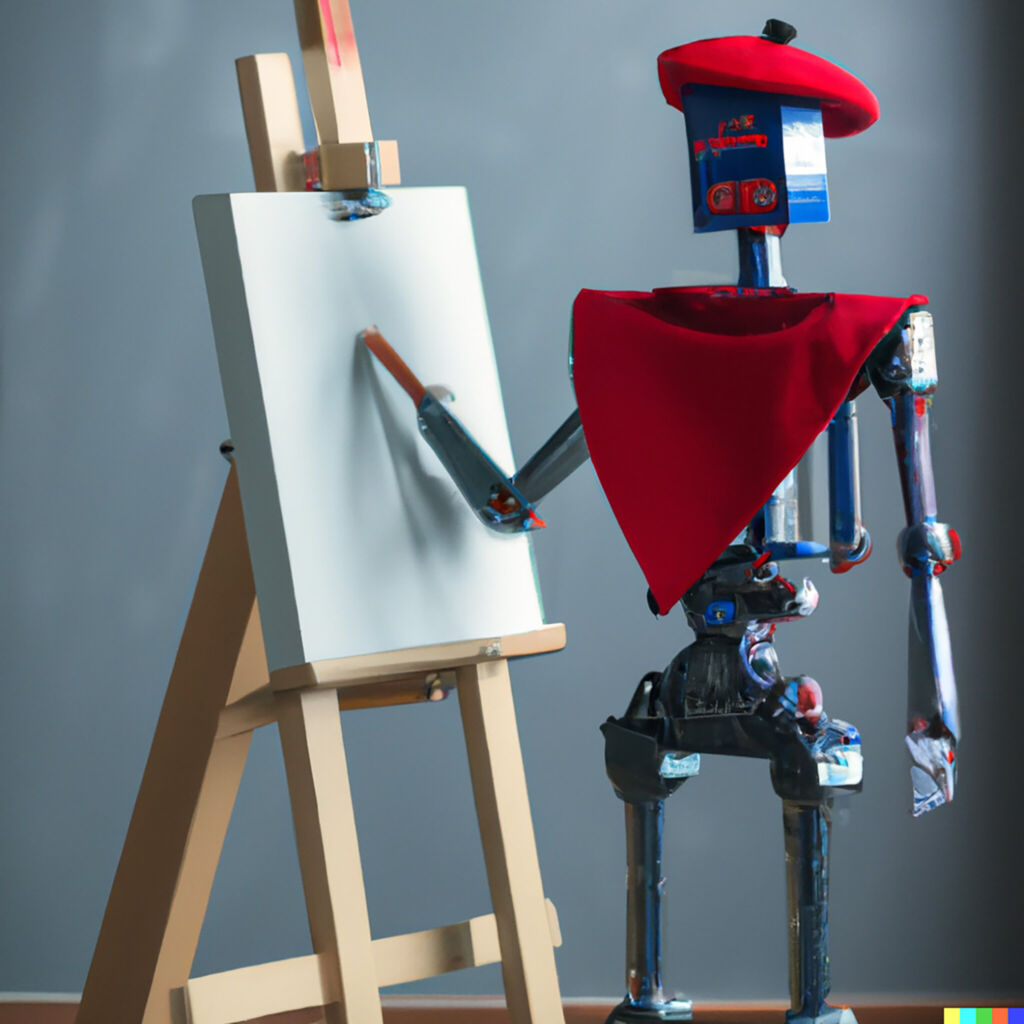
FAQ
-
What is the process of creating AI art?
AI art creation begins with data collection and preprocessing, where a dataset of images or artworks is curated for the AI to learn from. This dataset is used to train an AI model, which ‘learns’ from these artworks. Then, the AI generates artwork, which can be unsupervised, supervised, or interactive. The final part is the role of the human artist in setting parameters, interpreting, and curating the AI-generated art.
-
What is the detailed description for AI art?
AI Art is the creation of artwork with the assistance of AI algorithms. This involves the AI ‘learning’ from a dataset of images or artworks and generating artwork based on what it has learned. It can range from AI transforming simple photos into artistic pieces to creating new artworks based on specific artistic styles.
-
What is the controversy with AI art generators?
AI art generators have sparked debates about the nature of creativity and authorship. Questions arise about whether a machine can be genuinely creative or if it’s merely imitating patterns. There are also legal and ethical considerations, particularly regarding copyright issues.
-
How do artists feel about AI-generated art?
Responses vary among artists. Some appreciate the innovative capabilities of AI and use it as a tool in their artistic process, while others argue that art should reflect human emotion and experience, aspects that they believe a machine cannot replicate.
-
What are the steps in the AI process?
The AI process typically involves several steps: data collection, data preprocessing, model selection and training, model evaluation and optimization, and prediction or generation based on the trained model.
-
Is it easy to make AI art?
Creating AI art requires a nuanced understanding of both art and AI technology. While some platforms simplify the process and make it accessible to non-experts, mastering the craft can require a significant amount of time and effort.
-
What are the key principles of AI?
The key principles of AI include learning from experience, recognizing patterns, making predictions based on data, and improving performance through feedback and adaptation.
-
What are the stages of AI product design?
The stages of AI product design generally involve problem identification, data collection and preprocessing, model selection and training, model evaluation and optimization, and deployment and monitoring.
